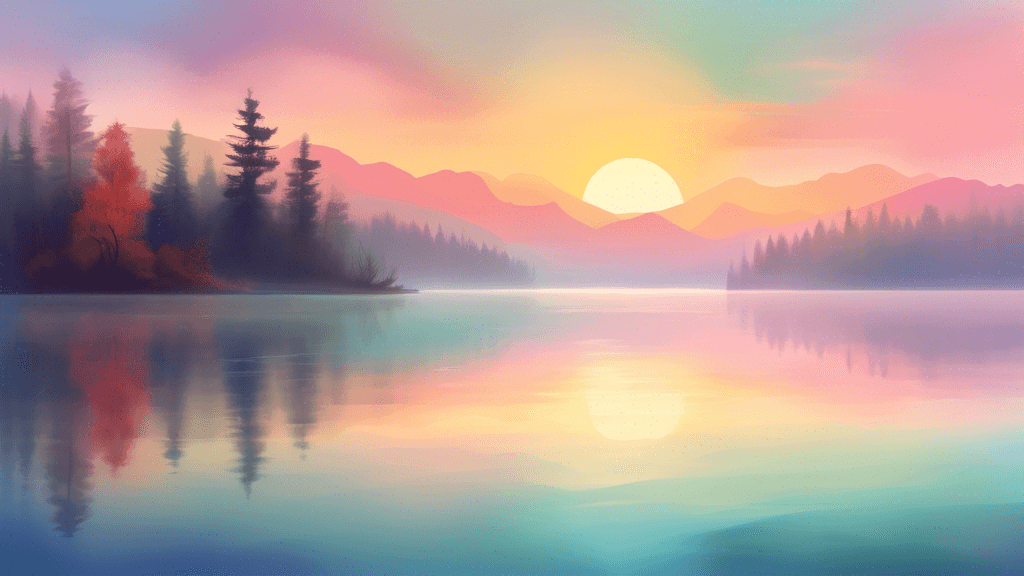
Mastering Atmospheric Landscape Photography: A Guide to Ethereal Imagery
Share
Introduction to Atmospheric Landscape Photography
Have you ever gazed at a landscape photograph that seemed almost surreal in its beauty, where fog, light, and shadows converge to create an ethereal scene? Atmospheric landscape photography transforms the natural world into a canvas for emotions and storytelling, capturing moments that resonate with wonder and introspection. This guide is designed for photographers at any skill level who are drawn to the beauty and complexity of nature, aiming to harness atmospheric conditions to enhance their creative expression.
Understanding Atmospheric Conditions
Atmosphere in photography refers to the mood or ambience conveyed by conditions such as weather, light quality, and environmental elements. But what are these conditions, and how can they be used effectively in landscape photography?
Key Atmospheric Conditions:
- Fog and Mist: They soften landscapes, creating mystery and depth.
- Golden Hour: The hour after sunrise and before sunset provides warm, soft light.
- Blue Hour: The period of twilight when the sun is below the horizon and indirect sunlight takes on a predominantly blue shade.
- Stormy Weather: Clouds, rain, and lightning can add drama and tension to your images.
The Impact of Light
Light plays a pivotal role in the creation of atmosphere. The angle, intensity, and color of light can radically alter how textures and colors appear. Lighting conditions dramatically influence the mood and narrative quality of landscape images, notes environmental photographer John Smith. Capturing the subtle variations in light can turn ordinary scenes into spellbinding stories.
Techniques for Capturing Atmospheric Photographs
Understanding the science of these atmospheric conditions is just part of the battle; mastering their representation through your camera is another. Here are some techniques to consider:
Use of Filters
Filters can play a critical role in managing light and enhancing atmospheric effects in your photographs. A polarizing filter, for example, can increase color saturation and reduce reflections, while neutral density filters allow for longer exposure times without overexposing the shot.
Long Exposure
Long exposure is a popular technique used to capture a sense of movement, especially useful in windy conditions or to smooth out water surfaces. By leaving the shutter open for longer, you allow more light to enter, capturing the flow of the environment.
Composition Strategies
When framing your shot, consider elements that can enhance the 'atmospheric' feel of the photograph. Leading lines such as roads or rivers can draw viewers into the image, while purposefully placed objects in the foreground can add depth and scale.
Post-Processing Techniques
While capturing the photo is fundamental, post-processing plays an equally important role in emphasizing the atmospheric elements of your images. Techniques like adjusting exposure, contrast, and saturation levels can substantially influence the mood of your photograph. Furthermore, software tools can highlight details or soften parts of the image to align with the specific emotional tone you are trying to achieve.@example.com>
Incorporating Environmental Conservation
As landscape photographers, we have a unique opportunity and responsibility to promote environmental conservation through our work. By showcasing the fragile beauty of our natural environments under dynamic atmospheric conditions, we can raise awareness and spur action towards protecting these precious resources.
Notable environmental advocate Jane Doe once said, When people see my photographs, I want them to feel the urgency of conservation efforts. It’s not just about capturing beauty, but about preserving it for generations to come.
Conclusion and Call to Action
Mastering atmospheric landscape photography requires patience, a deep understanding of your environment, and a creative eye. However, the journey to capturing these transient moments is as rewarding as the stunning outcomes. Remember, each photograph not only showcases your unique perspective but also tells a story about our natural world - a reminder of its vulnerability and resilience.
Now, take your camera and step into the great outdoors. Explore, capture, and share the atmosphere of landscapes around you. Let each shot not only reflect the beauty of the earth but also your commitment to its preservation. What story will your photos tell?





